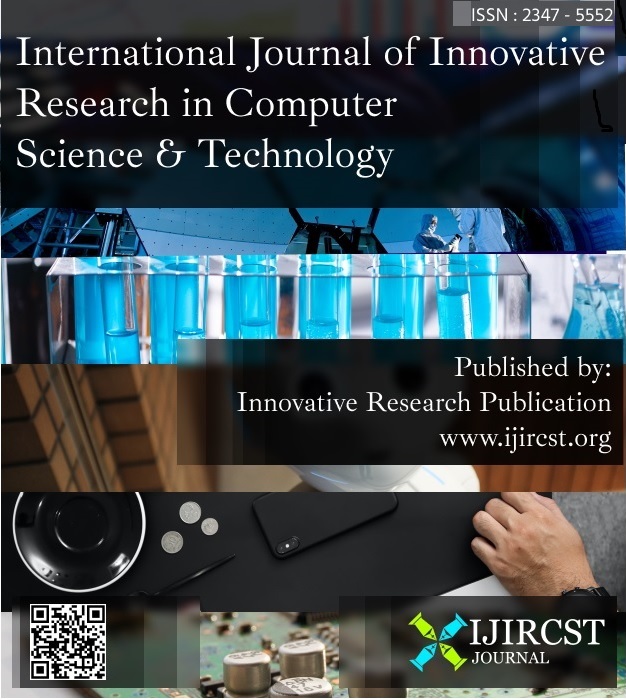A Review of AI in Breast Cancer Detection
Keywords:
Cancer, Diagnostic Tests, Artificial Intelligence, Deep Learning Techniques.Abstract
Cancer stands out as one of the most pressing global health challenges, and over the past decade, significant advancements have been made in diagnostic tests and methodologies. These tests fall into categories such as imaging tests, and endoscopic procedures, generating substantial volumes of data. This data needs expert evaluation to distinguish between benign and malignant tumors. Enter artificial intelligence (AI), which offers improved accuracy in analyzing large quantities of diagnostic imaging, thereby enhancing the efficiency of healthcare systems. The integration of new AI algorithms, technical advances, and enhanced computer hardware enables the training of diagnostic neural networks. This allows machines to learn from a diverse range of scans, leading to a comprehensive understanding of cancer scanning data. AI software has been evaluated against conventional diagnostic tools used by cancer specialists, and the results show significantly increased precision, making it highly effective in early diagnosis and extended forecasting for various types of cancers. In the realm of breast cancer prognosis, AI systems have demonstrated the potential to surpass human specialists, enabling much earlier diagnosis. Similarly, informatics has developed AI algorithms and deep learning techniques capable of predicting individuals' likelihood of developing lung cancer through low-dose CT analysis. The use of convolutional neural networks (CNNs) has been instrumental in diagnosing the invasion depth of gastric cancer based on gastric endoscopy.
References
J. H. Yoon et al., "Standalone AI for breast cancer detection at screening digital mammography and digital breast tomosynthesis: a systematic review and meta-analysis," Radiology, vol. 307, no. 5, e222639, 2023.
D. Zheng, X. He, and J. Jing, "Overview of artificial intelligence in breast cancer medical imaging," Journal of Clinical Medicine, vol. 12, no. 2, p. 419, 2023.
A. Sood, "Breast cancer detection using neural networks," NEU Journal for Artificial Intelligence and Internet of Things, 2023.
H. J. Kim, "High-resolution diffusion-weighted MRI plus mammography for detecting clinically occult breast cancers in women with dense breasts," 2024.
M. Prodan, "Applying Deep Learning Methods for Mammography Analysis and Breast Cancer Detection," vol. 13, no. 7, p. 4272, 2023.
C. M. Vachon, "Impact of Artificial Intelligence System and Volumetric Density on Risk Prediction of Interval, Screen-Detected, and Advanced Breast Cancer," Journal of Clinical Oncology, vol. 41, no. 17, pp. 3172-3183, June 10, 2023.
A. Agarwal, R. Kumar, and M. Gupta, "Review on Deep Learning based Medical Image Processing," IEEE Conference on Current Development in Engineering and Technology, pp. 1-5, 2022.
A. Jatain et al., "AI Based Food Quality Recommendation System," International Journal of Innovative Research in Computer Science & Technology, vol. 11, no. 3, pp. 20-26.
A. Sood, "Breast cancer detection using neural networks," NEU Journal for Artificial Intelligence and Internet of Things, vol. 1, no. 1, pp. 12-18, 2023.




